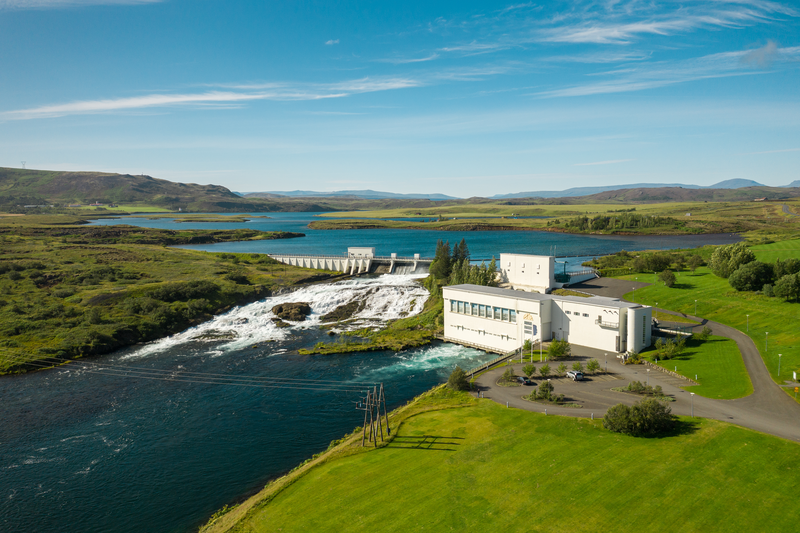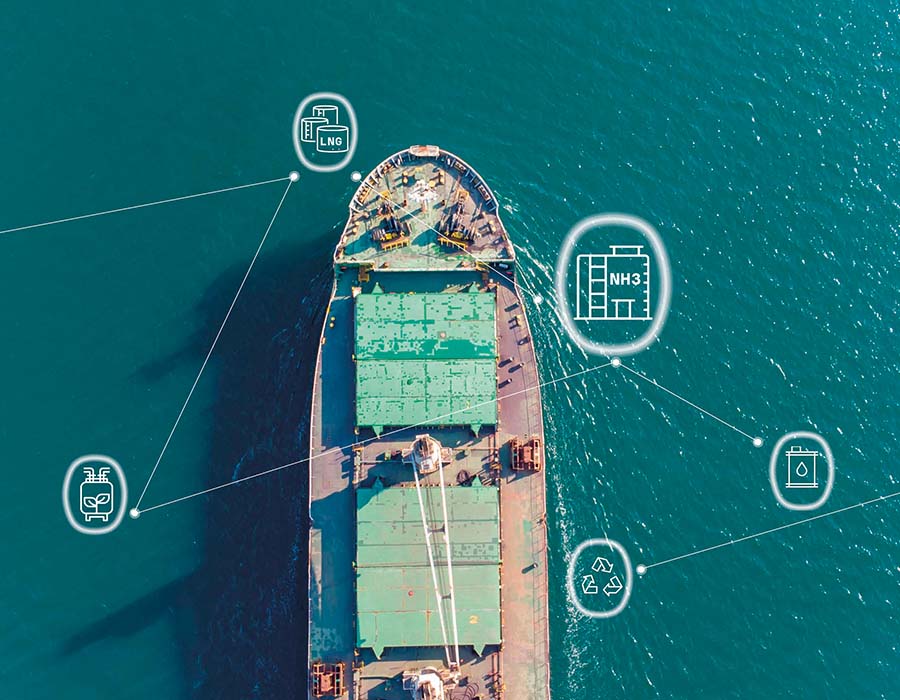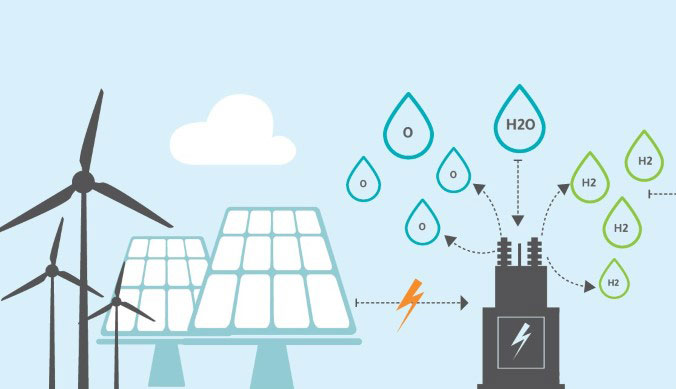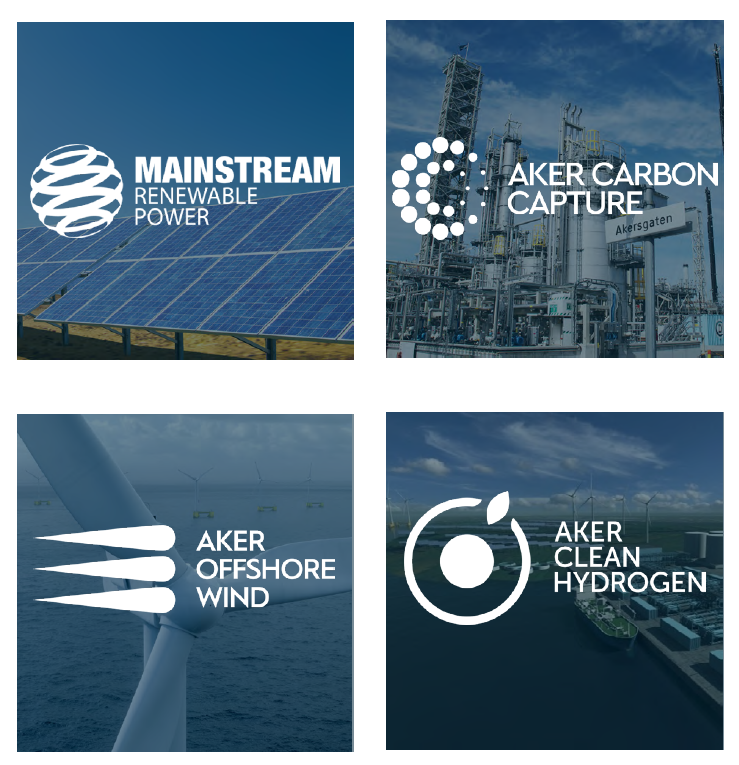Another Green Supergiant for InterContinental Energy: 50 GW, 20 million tonnes of green ammonia capacity
The first three projects from InterContinental's portfolio have now been announced. In 2014 there was the Asian Renewable Energy Hub in the Pilbara region of Western Australia. This May we reported on the announcement of the Oman mega-project. And this week InterContinental announced its newest Green Supergiant (and the second to be located in Western Australia): the Western Green Energy Hub.









